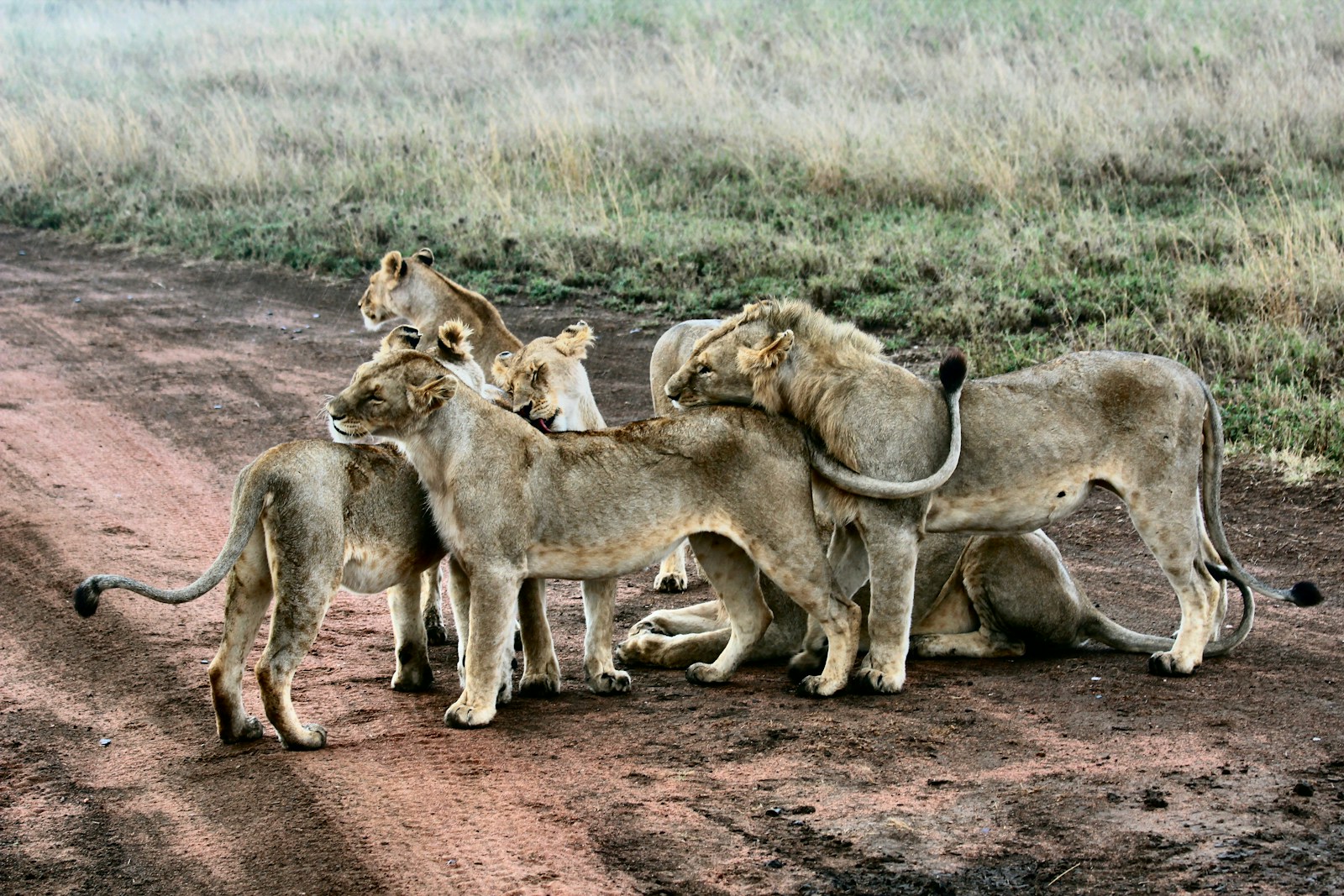Fire, often perceived as a destructive force, plays a paradoxically vital role in maintaining and restoring wildlife habitats across diverse ecosystems worldwide. For millennia, natural fire regimes have shaped landscapes, influenced species evolution, and maintained ecological balance in fire-adapted regions. However, modern fire suppression policies, climate change, and habitat fragmentation have disrupted these natural processes, leading to deteriorating habitat conditions for countless wildlife species. This article explores the complex relationship between fire and wildlife habitat restoration, examining how controlled burns and naturally occurring fires can rejuvenate ecosystems, promote biodiversity, and support wildlife populations when properly managed.
The Ecological Significance of Fire in Natural Systems
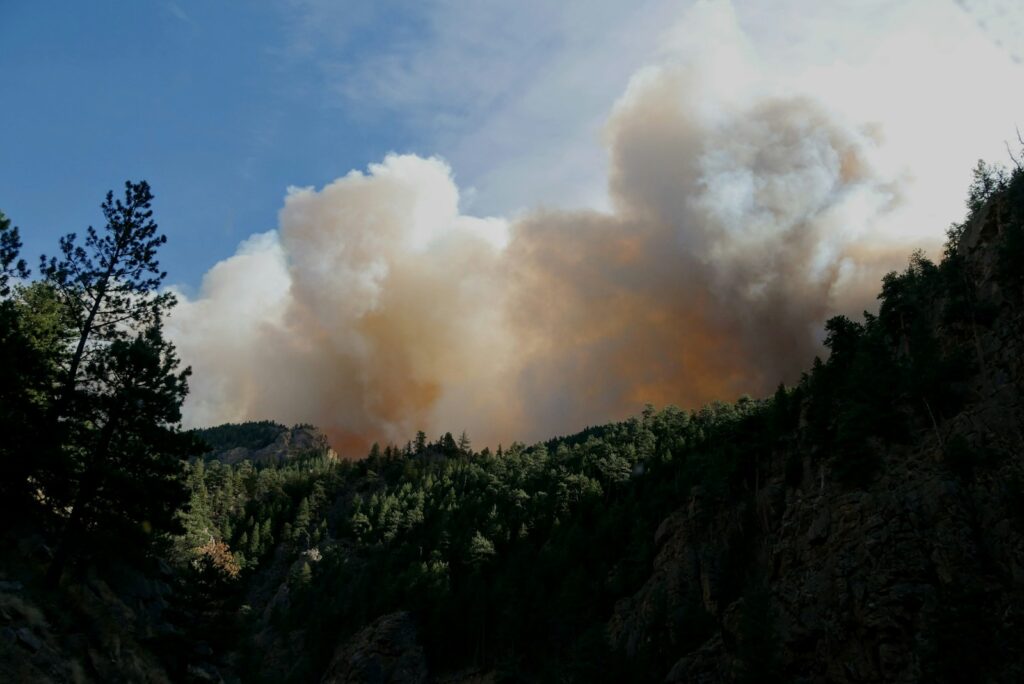
Fire has been an integral ecological process across many landscapes long before human intervention. In fire-adapted ecosystems such as grasslands, certain forests, and savannas, periodic burns have helped maintain habitat structure and function for thousands of years. These natural disturbances create a mosaic of successional stages across the landscape, supporting different wildlife species at various points in time. Many plants have evolved specific adaptations to survive and even thrive after fire events, including serotinous cones that release seeds in response to heat, fire-resistant bark, and underground storage organs that allow rapid post-fire regeneration. Without regular fire, these ecosystems often experience reduced biodiversity, changes in vegetation structure, and diminished habitat quality for native wildlife species that evolved alongside fire.
Fire Suppression and Its Unintended Consequences
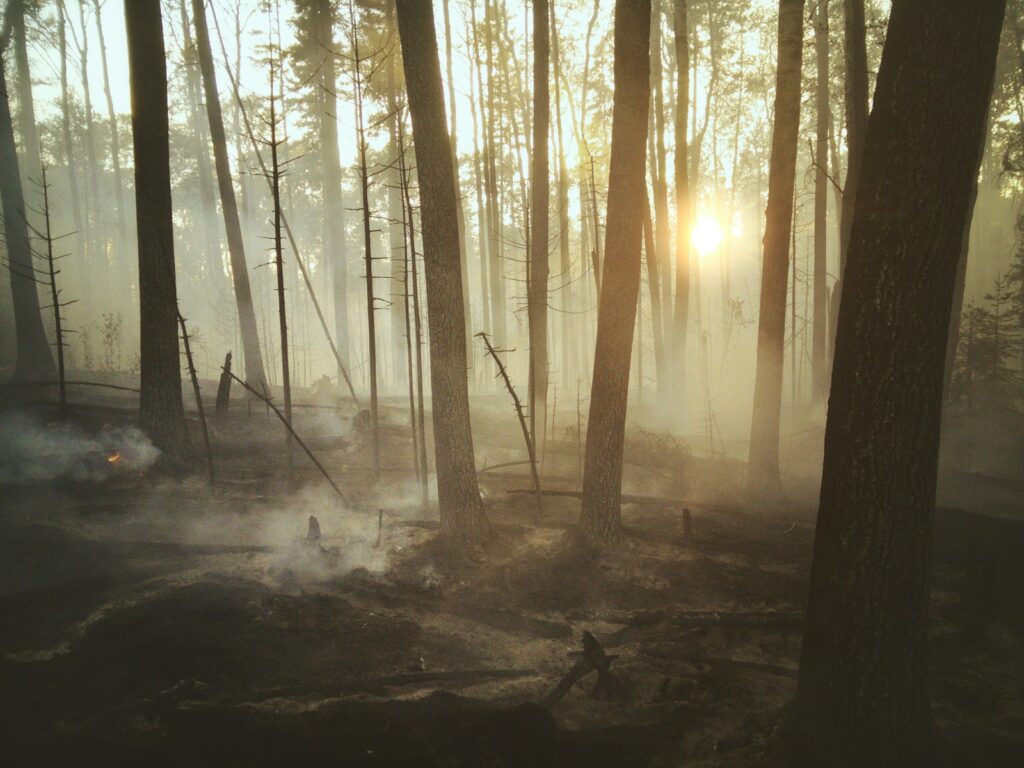
Throughout much of the 20th century, aggressive fire suppression policies dramatically altered natural fire regimes across North America and beyond. The well-intentioned “Smokey Bear” approach aimed to protect timber resources and human communities but inadvertently created ecological imbalances with far-reaching consequences. In many forests, decades of fire exclusion led to dangerous accumulations of understory vegetation and woody debris, creating conditions for catastrophic, high-intensity wildfires far more destructive than the natural, low-intensity burns these ecosystems evolved with. This fire suppression has fundamentally altered habitat structure in many regions, reducing habitat suitability for species adapted to open forest conditions, grasslands, or early successional habitats. The resulting dense, homogeneous forest stands often support fewer wildlife species and provide lower-quality habitat than the diverse, fire-maintained landscapes they replaced.
Prescribed Burns as a Restoration Tool

Prescribed burning has emerged as a crucial management tool for habitat restoration in fire-adapted ecosystems. These carefully planned and controlled fires mimic natural disturbance patterns while minimizing risks to human communities and infrastructure. Land managers use prescribed burns to reduce hazardous fuel loads, control invasive species, recycle nutrients, and restore habitat structure for wildlife. The timing, frequency, and intensity of prescribed burns are strategically designed to achieve specific ecological objectives while considering factors like weather conditions, topography, and fuel moisture. When implemented properly, prescribed burns can create a mosaic of habitat patches at different stages of post-fire recovery, maximizing landscape heterogeneity and supporting diverse wildlife communities. This approach acknowledges fire’s role not as a catastrophe to be prevented but as an essential ecological process to be carefully managed.
Fire-Dependent Wildlife Species
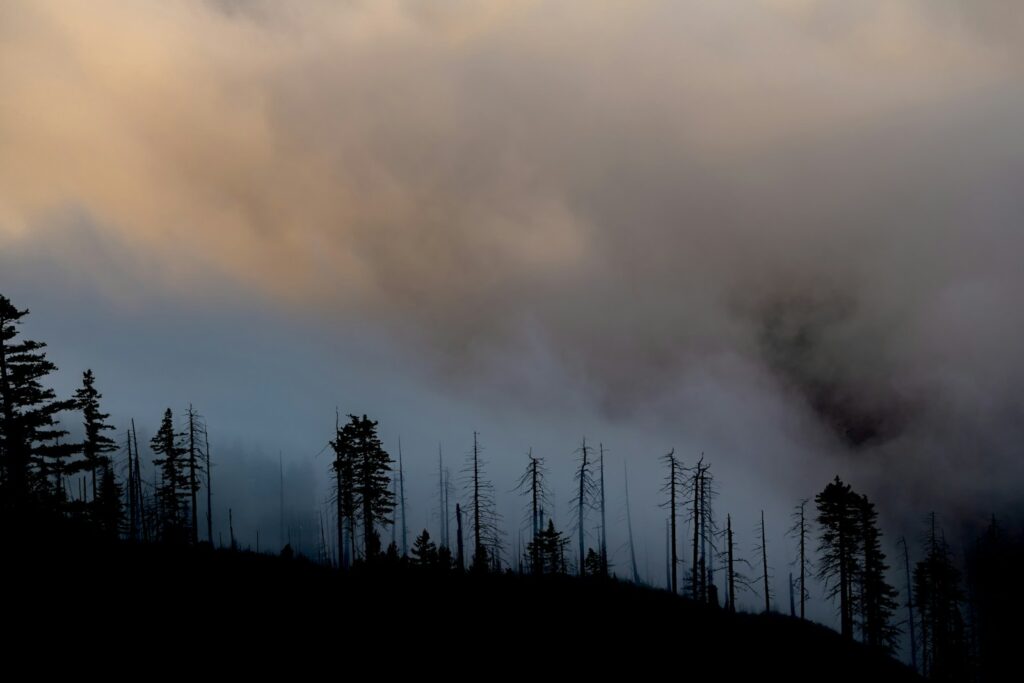
Numerous wildlife species have evolved specialized adaptations or behaviors that make them partially or wholly dependent on fire-maintained habitats. The endangered red-cockaded woodpecker, for instance, requires open pine forests with minimal understory vegetation – conditions historically maintained by frequent, low-intensity fires. Similarly, the Karner blue butterfly depends on wild lupine, which thrives in fire-maintained oak savannas and barrens. The Florida scrub-jay occupies fire-dependent scrub habitat that becomes unsuitable without periodic burns to maintain its open structure. Beyond these specialists, many generalist species opportunistically exploit post-fire conditions, such as elk and deer that browse on nutritious regrowth or cavity-nesting birds that utilize fire-killed trees. For these and countless other species, the absence of fire doesn’t represent habitat protection but rather habitat degradation.
Vegetation Response and Succession After Fire
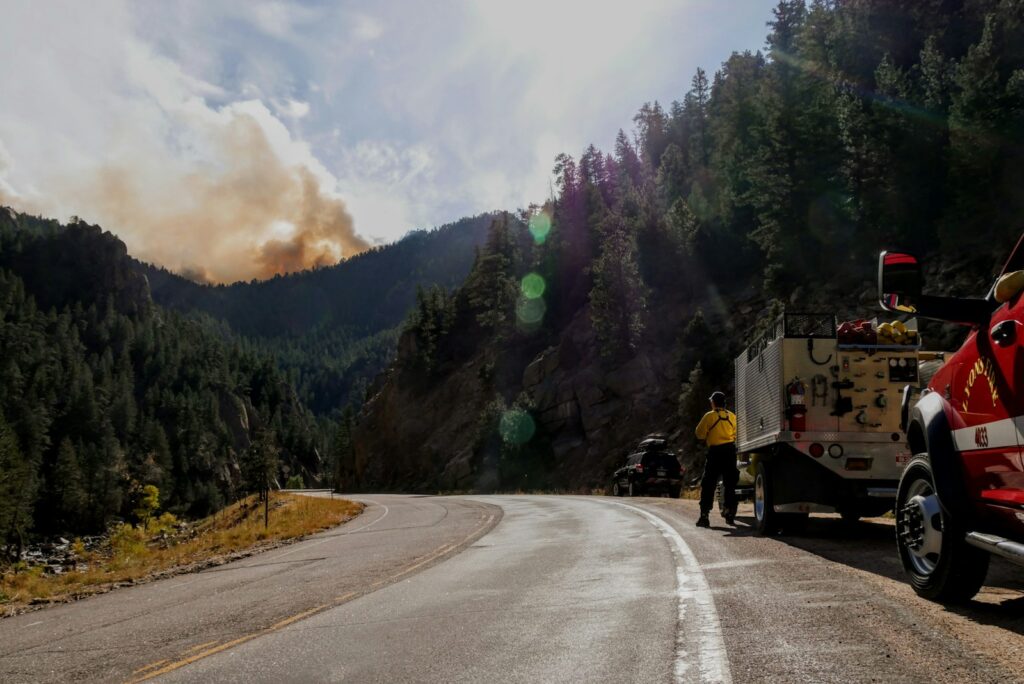
Fire triggers dramatic changes in vegetation that ripple throughout the ecosystem, influencing habitat quality for wildlife. Immediately after a burn, nutrients previously locked in vegetation become available in the soil, often leading to a flush of new growth rich in protein and other nutrients valuable to herbivores. This post-fire regeneration typically follows predictable successional patterns, with early colonizing plants gradually replaced by later successional species over time. Different wildlife species utilize these various successional stages – some thrive in the immediate post-fire environment, while others prefer intermediate or late successional habitats. By creating a patchwork of areas in different recovery stages, fire maintains habitat diversity across the landscape. This spatial and temporal heterogeneity supports greater biodiversity than would be possible in a homogeneous, fire-suppressed environment.
Fire and Grassland Habitat Restoration
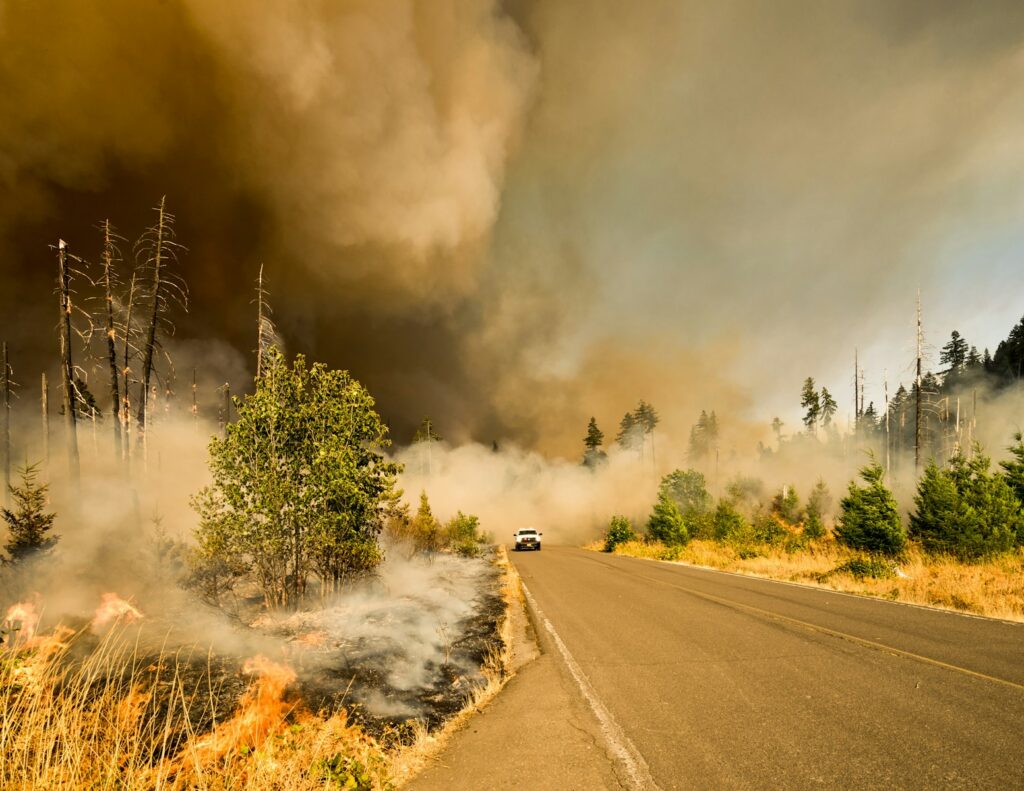
Grassland ecosystems worldwide have co-evolved with fire, which prevents woody encroachment and maintains the open conditions that grassland wildlife species require. Without periodic burning, many grasslands gradually transition to shrublands or forests, eliminating habitat for specialized grassland species. Prairie-dependent birds like the greater prairie-chicken, Henslow’s sparrow, and bobolink have experienced significant population declines partly due to fire suppression and the resulting loss of open grassland habitat. Prescribed burning in grasslands helps eliminate accumulated thatch, recycle nutrients, promote native grass and forb diversity, and control invasive species. The timing of burns is particularly critical in grassland management – spring burns may favor warm-season grasses while fall burns can enhance forb diversity, allowing managers to target specific habitat objectives. Many grassland restoration projects now incorporate rotational burning to maintain a diverse grassland structure that supports the full suite of native wildlife.
Forest Restoration Through Fire
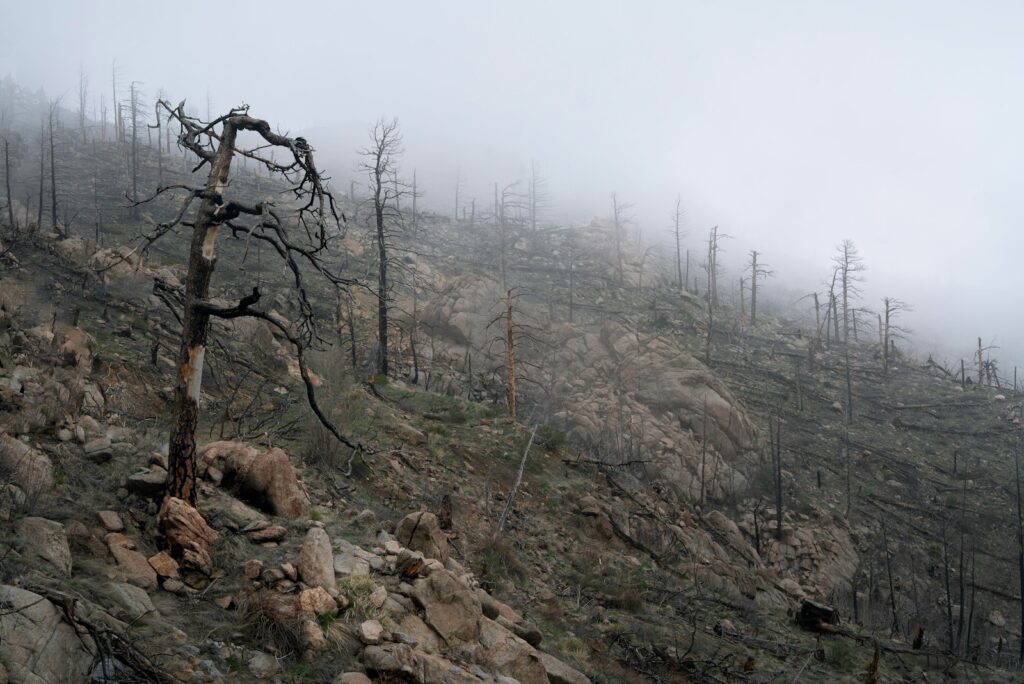
Many forest ecosystems evolved with periodic fire as a natural disturbance that maintained their structure and function. Ponderosa pine forests in the American West historically experienced frequent, low-intensity ground fires that cleared understory vegetation while leaving mature trees unharmed. Longleaf pine ecosystems in the southeastern United States similarly depended on regular fire to maintain their open, parklike structure. Without these recurring burns, fire-adapted forests often become unnaturally dense, with closed canopies, heavy fuel loads, and diminished biodiversity. Restoration through carefully planned burning can help reverse these changes, recreating the open forest conditions that support diverse wildlife communities. Fire in forests helps create structural complexity, including snags, logs, and gaps that provide critical habitat features for many species. The gradual reintroduction of fire to long-suppressed forests requires careful planning and often involves initial mechanical thinning to reduce fuel loads before burning can safely resume.
Fire Effects on Soil and Nutrient Cycling
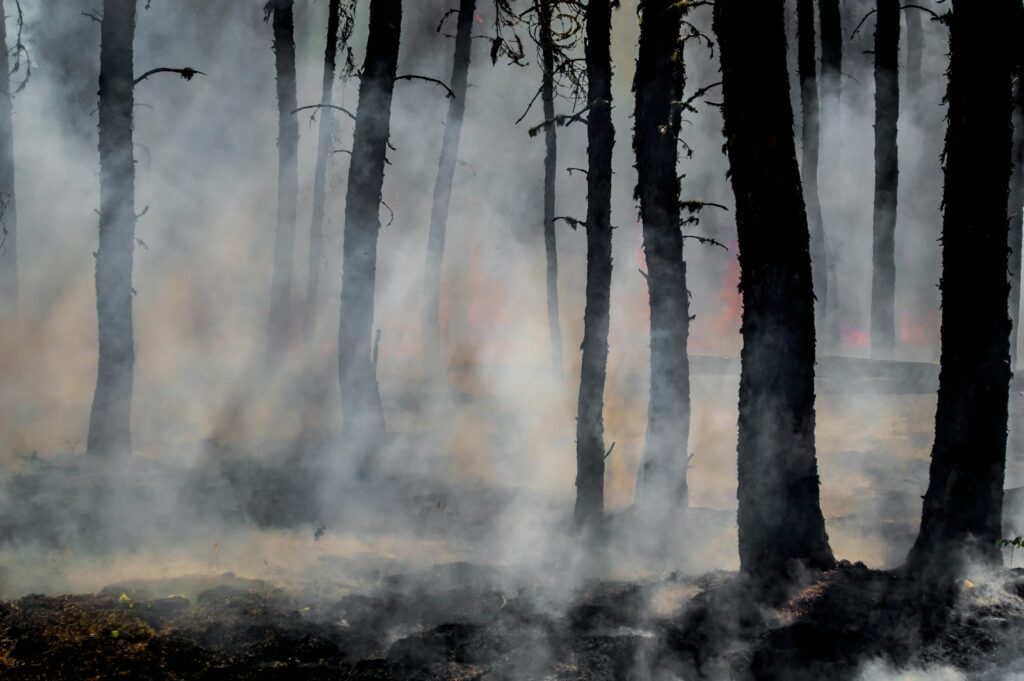
Fire significantly influences soil properties and nutrient availability, with important implications for habitat quality and wildlife food resources. While intense fires can temporarily sterilize soil and cause erosion, most prescribed burns and natural low-intensity fires have more beneficial effects. These fires rapidly mineralize nutrients previously locked in plant material, making them available for new growth. The resulting pulse of nutrients often leads to increased protein content and palatability in post-fire vegetation, benefiting herbivores from insects to large mammals. Fire also influences soil pH, microbial communities, and organic matter content, with effects that can persist for years after the burn. In many ecosystems, this periodic nutrient cycling through fire maintains soil fertility more effectively than the slow decomposition that would occur in fire’s absence. The enhanced nutrient availability following fire typically supports lush regrowth that attracts wildlife and improves habitat carrying capacity.
Challenges in Using Fire for Habitat Restoration
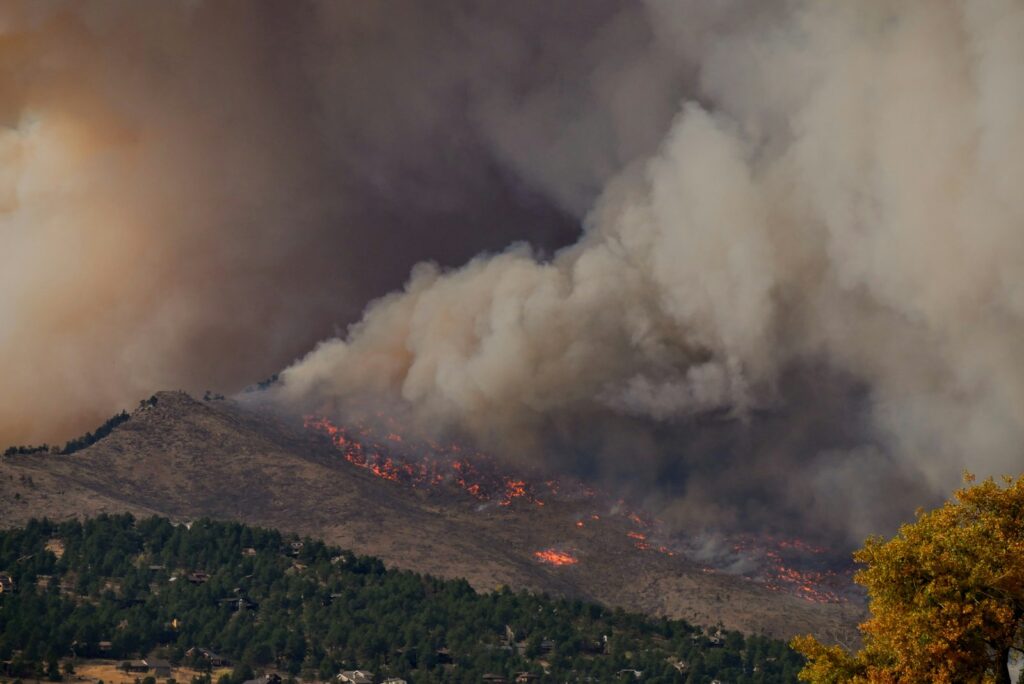
Despite its ecological benefits, using fire as a restoration tool presents significant challenges that must be carefully navigated. The proximity of human development to natural areas creates risk management concerns, as even well-planned prescribed burns can occasionally escape control. Air quality impacts from smoke can affect human communities and raise regulatory complications. Climate change has narrowed the windows of appropriate weather conditions for safe burning in many regions, making prescribed fire programs increasingly difficult to implement. Social acceptance remains another hurdle, as public perception often still views all wildland fire as harmful rather than potentially beneficial. Additionally, some ecosystems have been so altered by invasive species, fragmentation, or other changes that reintroducing fire alone may not achieve restoration goals. These challenges require adaptive approaches that combine fire with other restoration techniques, supported by careful planning, public education, and consideration of local ecological and social contexts.
Case Study: Longleaf Pine Ecosystem Restoration
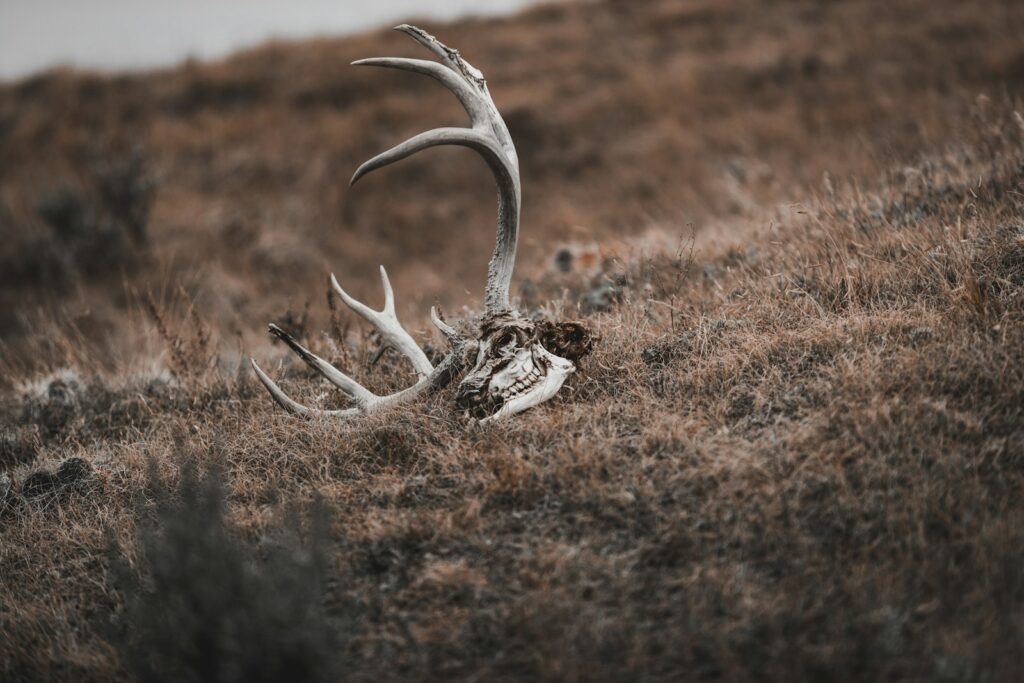
The restoration of longleaf pine ecosystems in the southeastern United States exemplifies the crucial role of fire in wildlife habitat recovery. Once covering over 90 million acres, these fire-dependent forests have been reduced to less than 3% of their original extent through logging, development, and fire suppression. The longleaf ecosystem supports exceptional biodiversity, including approximately 30 threatened and endangered species like the red-cockaded woodpecker, gopher tortoise, and indigo snake. Restoration efforts have demonstrated that reintroducing frequent, low-intensity fire is essential for maintaining the open, grassy understory these species require. Burned areas typically show increased plant diversity, improved habitat structure, and greater abundance of rare and threatened species compared to unburned sites. Organizations like The Longleaf Alliance, along with federal and state agencies, have made significant progress in restoring these habitats through collaborative prescribed burning programs. This ongoing work demonstrates how fire can be successfully harnessed as a restoration tool even in a complex modern landscape.
Wildlife Responses to Different Fire Regimes
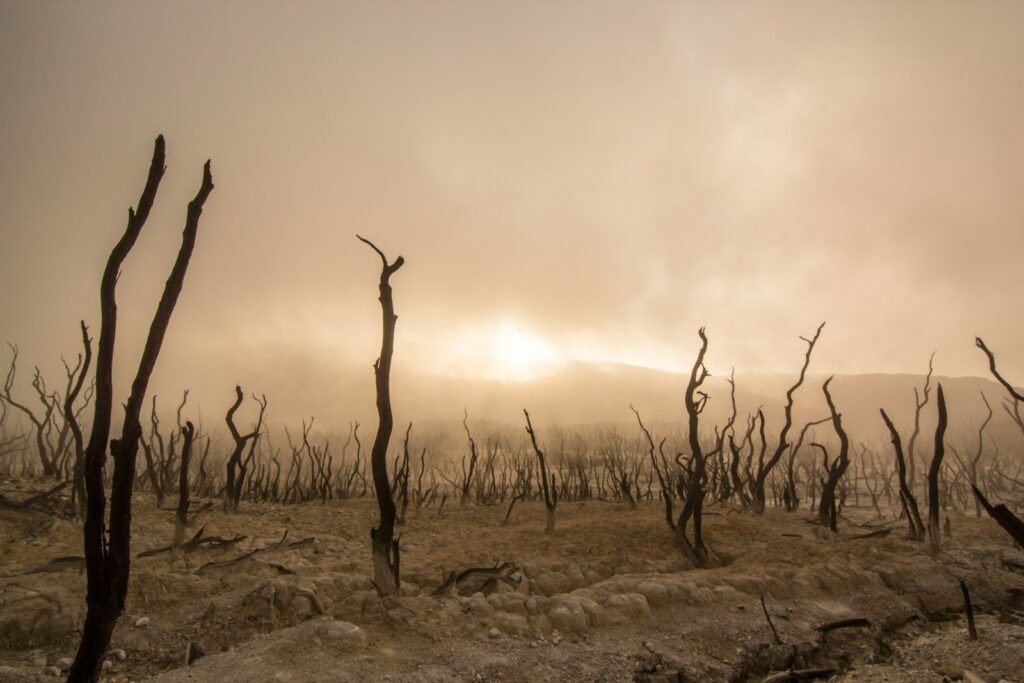
Wildlife species respond differently to variations in fire frequency, intensity, season, and spatial pattern, highlighting the importance of tailoring fire regimes to specific restoration objectives. Some species thrive with frequent, low-intensity burns, while others require longer fire-free intervals or more intense fires that create specific habitat features. The season of burning significantly influences wildlife impacts – spring burns may affect ground-nesting birds and reptiles during their reproductive period, while winter burns typically have fewer direct impacts on active wildlife. The spatial pattern of burns also matters greatly; patchy burns that create a mosaic of burned and unburned areas generally benefit more species than uniform burns across large areas. Understanding these nuanced responses allows land managers to design fire prescriptions that maximize benefits for target species while minimizing negative impacts on vulnerable populations. Research increasingly shows that no single fire regime benefits all species, highlighting the importance of incorporating habitat heterogeneity into restoration planning.
Integrating Indigenous Fire Knowledge in Restoration
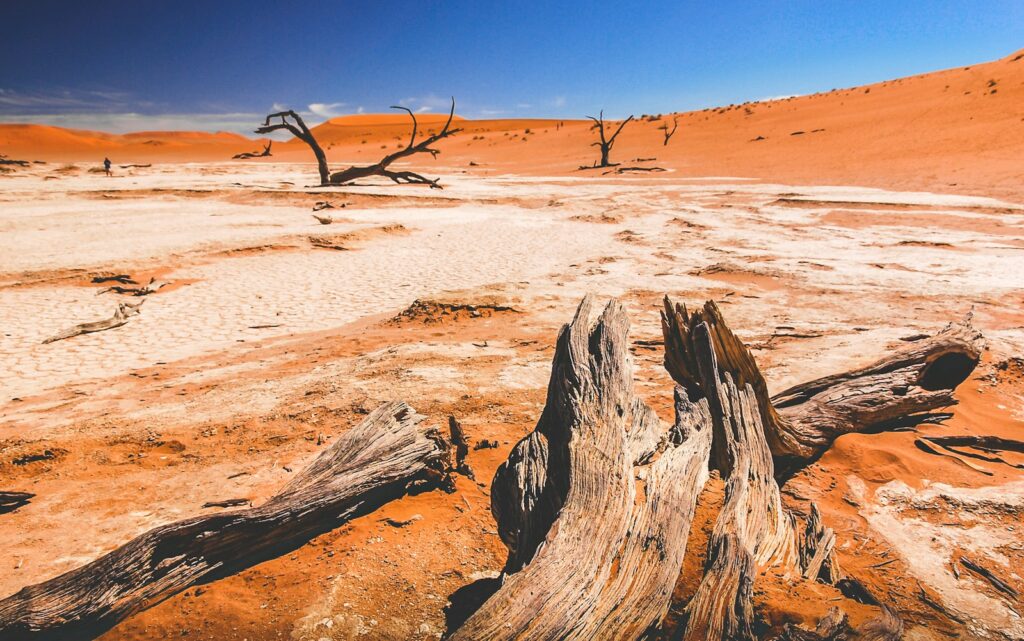
Indigenous peoples worldwide have used fire as a landscape management tool for millennia, developing sophisticated cultural burning practices that maintained habitat for valued wildlife species. These traditional ecological knowledge systems often included nuanced understanding of fire effects on plant communities, wildlife behavior, and ecosystem processes. In Australia, Aboriginal fire management created habitat mosaics that supported diverse wildlife populations, while Native American burning practices maintained open forests and prairies across North America. Contemporary restoration efforts increasingly recognize the value of integrating this traditional knowledge with modern scientific approaches. Collaborations between indigenous communities, scientists, and land managers have yielded promising results in various regions, combining cultural burning techniques with contemporary conservation objectives. These partnerships not only improve ecological outcomes but also honor indigenous relationships with fire and land. The revival of cultural burning practices represents an important dimension of both ecological restoration and cultural revitalization in many regions.
The Future of Fire in Wildlife Habitat Management
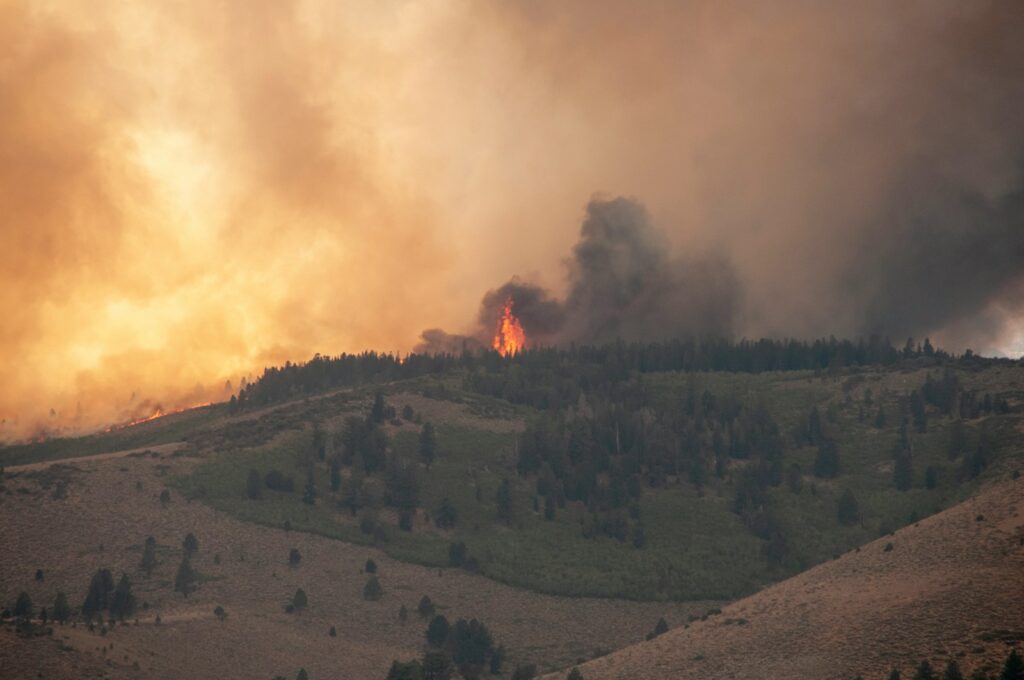
As climate change alters fire regimes worldwide, the role of fire in habitat restoration faces both new challenges and opportunities. Rising temperatures, changing precipitation patterns, and more extreme weather events are shifting fire behavior in many ecosystems, sometimes creating novel conditions outside historical ranges of variability. Restoration practitioners must increasingly consider not just historical reference conditions but also future climate projections when planning fire-based interventions. Adaptive management approaches that monitor ecosystem responses and adjust strategies accordingly will be essential in this dynamic context. Technological advances in fire mapping, modeling, and monitoring are providing new tools to implement prescribed burns more precisely and evaluate their effects more comprehensively. Looking forward, effective fire-based habitat restoration will likely require greater coordination across land ownership boundaries, innovative policy approaches, and increased public understanding of fire’s ecological role. Despite the challenges, fire will remain an irreplaceable tool in the restoration of many wildlife habitats worldwide.
In conclusion, fire represents not merely a disturbance to be controlled but a fundamental ecological process essential to the health of many wildlife habitats. Through careful application of prescribed burning, integration of indigenous knowledge, and adaptive management approaches, fire can help reverse decades of habitat degradation in fire-adapted ecosystems. As climate change and habitat fragmentation create new challenges, the thoughtful use of fire in restoration becomes increasingly important for conserving biodiversity. By embracing fire’s role as a restoration tool rather than simply a threat, land managers can help create resilient landscapes that support diverse wildlife communities while reducing risks of catastrophic wildfires. The path forward requires balancing ecological needs with human safety concerns, but the potential benefits for wildlife habitats make this challenging work essential to conservation in the twenty-first century.

